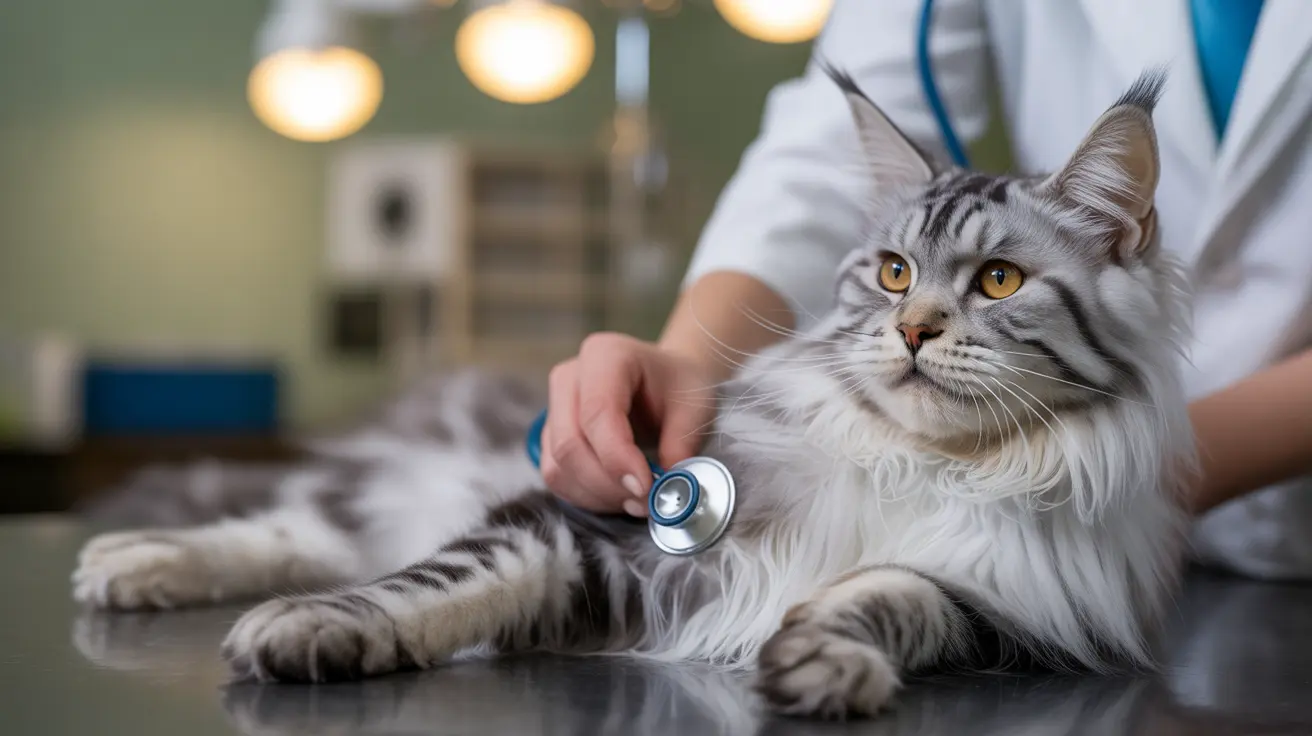For cat owners and enthusiasts seeking to better understand feline anatomy, knowing what side a cat's heart is on is crucial for recognizing potential health issues. This comprehensive guide will explore the precise location of a cat's heart, its function, and important health considerations every pet owner should know.
The Location of a Cat's Heart
A cat's heart is predominantly situated on the left side of the chest cavity, with approximately 60% of the organ positioned left of the body's midline. This vital organ sits between the third and sixth ribs, carefully protected by the surrounding lungs and enclosed in a specialized membrane called the pericardium.
The heart's position allows it to function optimally while being protected by the ribcage. It's nestled between both lungs, with the thymus gland positioned in front (in younger cats) and the diaphragm behind it.
Understanding Feline Heart Structure
The feline heart consists of four distinct chambers working in perfect harmony:
- Two upper chambers (atria)
- Two lower chambers (ventricles)
The left ventricle is notably the most muscular chamber, as it bears the responsibility of pumping oxygenated blood throughout the entire body. This powerful muscle generates the force needed to circulate blood effectively to all organs and tissues.
Common Heart Conditions in Cats
Understanding your cat's heart location and function becomes particularly important when considering potential heart conditions. The most common heart issues in cats include:
Hypertrophic Cardiomyopathy (HCM)
This condition occurs when the heart muscle thickens, particularly affecting the left ventricle. It's the most frequently diagnosed heart condition in cats, especially in certain breeds like Maine Coons and Ragdolls.
Congestive Heart Failure (CHF)
When the heart cannot pump blood effectively, fluid builds up in the lungs or chest cavity. Since the cat's heart is predominantly on the left side, left-sided heart failure is more common and typically causes respiratory distress.
Monitoring Your Cat's Heart Health
Given the heart's location primarily on the left side, veterinarians often focus their initial examination on this area. Pet owners can monitor their cat's heart health by:
- Observing breathing patterns
- Noting changes in activity levels
- Watching for signs of fatigue or distress
- Maintaining regular veterinary check-ups
Early Detection and Treatment
Early detection of heart issues is crucial for effective treatment. Veterinarians use various diagnostic tools including:
- Chest X-rays
- Echocardiograms
- Blood tests
- Electrocardiograms (ECG)
Treatment options vary depending on the specific condition but may include medications, dietary changes, and lifestyle modifications.
Frequently Asked Questions
What side of the chest is a cat's heart primarily located on?
The cat's heart is primarily located on the left side of the chest, with approximately 60% of the organ positioned left of the body's midline.
How does a cat's heart function, and what are the main differences between its chambers?
A cat's heart has four chambers: two upper atria and two lower ventricles. The right side handles deoxygenated blood returning from the body, while the left side pumps oxygen-rich blood to the rest of the body. The left ventricle is notably larger and more muscular.
What are the common signs and symptoms of congestive heart failure in cats?
Common signs include rapid breathing, lethargy, decreased appetite, hiding behavior, and in severe cases, open-mouth breathing or collapse. These symptoms often develop gradually and can be subtle at first.
How do veterinarians diagnose and treat heart conditions like Hypertrophic Cardiomyopathy in cats?
Veterinarians use a combination of physical examination, chest X-rays, echocardiography, and blood tests for diagnosis. Treatment typically involves medications like diuretics, ACE inhibitors, and beta-blockers, along with dietary management.
What are some practical steps pet owners can take to monitor and support their cat's heart health at home?
Pet owners should monitor their cat's breathing rate and effort, activity levels, and appetite. Regular veterinary check-ups are essential, along with maintaining a healthy diet and weight, and providing a stress-free environment.
Understanding your cat's heart location and function is crucial for maintaining their health and well-being. By staying informed and vigilant, you can help ensure your feline companion lives a long and healthy life.






